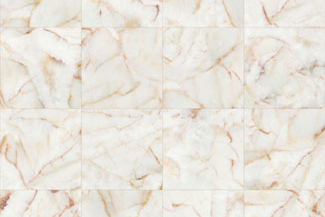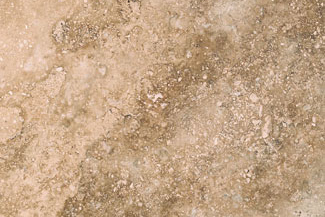Natural Stone Things to Consider
WHAT TO KNOW BEFORE YOU BUY NATURAL STONE.
Natural stone offers you virtually endless types, styles, and price points. With natural stone, knowledge really pays off. The beauty of natural stone is that no two pieces are ever the same. Each piece has its own natural characteristics, so your floor will truly be unique. Appearance may vary from tile to tile but that only adds to the elegance and charm of natural stone.
VARIATIONS IN NATURAL STONE ARE TO BE EXPECTED AND ENJOYED.
The samples you view in the store can have completely different veining patterns or color variations compared to the stone installed in your home. Also, please remember that it is not possible for you to hand select your stone. Be aware that irregular markings, lines, veins, and crystallization are not imperfections, but rather a natural part of the stone’s beauty.
Also, no natural stone tile will have a perfectly smooth surface. Even after the tiles are polished, there may be small chips or pits that may be apparent in different lighting. Being a natural product, stone tiles will vary more in thickness, squareness, and length compared to man-made ceramic tile. As a result, once your natural stone is installed, it will not be a perfectly smooth surface from tile to tile.
Finally, natural stone varies in hardness, which is the scratch resistance of a mineral. This is important when picking a stone. Make sure to consider what types of activities will be taking place where the stone is installed in your home.
THE SIX MOST POPULAR STONES.
To help you make a smart choice when shopping for stone flooring, we think you should know about the top six most popular stone choices.
Granite is one of the hardest and densest of all the natural stone. It resists staining and scratching better than any other stone, due to its density. Granite makes a powerful impact in kitchens, entryways, and bathrooms, or as an accent with other natural stone tiles.
Marble is crystallized limestone that comes in many different color variations and usually displays a veining pattern that adds to its uniqueness. Marble is a timeless addition to any home. Marble is more porous than granite, making it more susceptible to staining and therefore is more suitable for your foyers, bathrooms, fireplaces, studies, or libraries. We would like to add a note to you on marble color. It is important to know that green and black marbles are not recommended for wet areas of the home, such as the shower. Green marbles will absorb water and then curl and warp. Black marbles, when wet, can exhibit spalling at veins, which means small pieces of the stone may break away.
Limestone has a subtler look and is often offered in a honed or matte finish. Limestone is created by the accumulation of organic materials such as shells and coral. This stone will require preventative maintenance, as it is very porous. As it is a softer stone, it may not be suitable for all areas in the home because it will stain easily. Limestone should always be sealed to protect the stone’s natural beauty and performance. Travertine is unique looking due to the fill process. In its original form, travertine has thousands of holes running through it. These holes are filled and then the stone is polished. The stone polishes to a high sheen and the fill areas remain dull. Travertine will require you to have preventative maintenance performed over time, due to its porosity.
Slate, a rustic looking stone, varies in colors and shades in warm and earthy tones. Slate has some of the most dramatic color variations from tile to tile. Slate is extremely durable and can be used in both indoor and outdoor installations. All slate has natural clefting along the surface that gives this stone its unique layered look.
UNDERSTANDING GROUT.
Natural stone tile’s grout lines are typically thinner than what is used with ceramic tile. Grout can match, contrast, or coordinate with your stone tile. If you want the grout to be less noticeable, select a grout that is close in color to the stone. A contrasting grout color, either darker or lighter, will make the grout lines more visible. Also, remember that grout colors installed in your home can be slightly different from the sample you viewed in the store. Exact layouts, type of grout, and grout joint widths are determined by the tile setter at the time of installation.
SEALING IS RECOMMENDED.
Sealing of natural stone is highly recommended. This will make it less porous, more stain resistant, and protect the stone’s original beauty. There are different types of sealer depending on your type of stone. We recommend consulting with us about sealing your flooring.
KNOW THE ENTIRE COST OF OWNERSHIP.
The “cost per square foot” of your natural stone floor is just one component of the entire project cost. To ensure that there are no surprises and that the stone you choose fits in your overall budget, be sure to ask us to calculate the total cost of your floor covering project. Other potential expenses you may incur might be furniture removal, disposal of old floor covering, subfloor preparation, product delivery, and installation. In addition to the project cost, you should also know the cost of cleaning to maintain the beauty and life of your natural stone floor.





